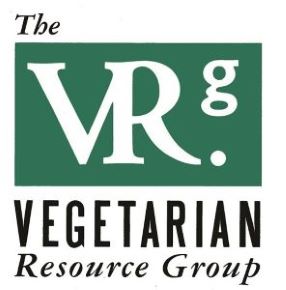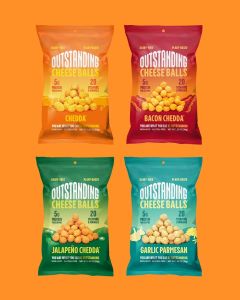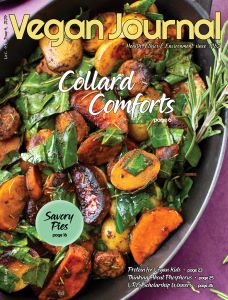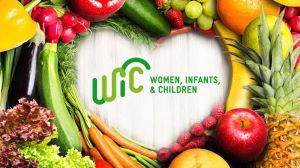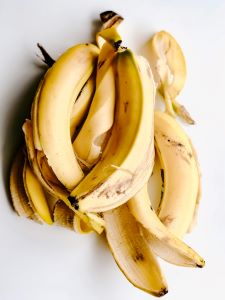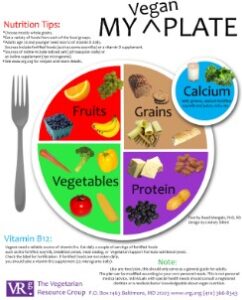Posted on
December 02, 2024 by
The VRG Blog Editor
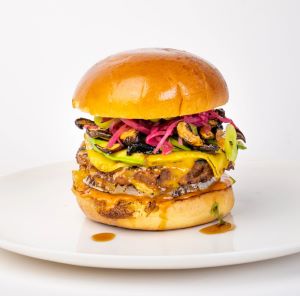
photo from ChagaRoot
The Vegetarian Resource Group maintains an online Guide to Vegan/Vegetarian Restaurants in the USA and Canada. Here are some recent vegan restaurant additions. The entire guide can be found here: www.vrg.org/restaurant
To support the updating of this online restaurant guide, please donate at: www.vrg.org/donate
Here are some new additions to VRG’s guide:
Anna’s Vegan Café, 3500 Stockton Blvd., Sacramento, CA 95820
A cozy, quiet eatery in the heart of Oak Park offering a wide variety of Pan-Asian fare. The entire menu is vegan, and some items are gluten-free. Some customer favorites include Eggplant Basil, Vegetables Chow Mein, Mixed Vegetables with Tofu, Lucky Lemongrass Tofu, Curry Delight Clay Pot, Chow Mein Wonder, and Mongolian Wonder. The food was consistently reported as being perfectly seasoned, fresh, and flavorful, served in jumbo-sized portions. There are lunch specials available on select weekdays. Please note that there is a small dining space with high chairs if needed, with parking available at the back and the side of the building. In addition, they are handicap-accessible.
ChagaRoot, 3318 E Flamingo Rd., Ste. D, Las Vegas, NV 89121
ChagaRoot uses their locally grown mushrooms to create burgers, tacos, bowls, and smoothies. The lion’s mane “chicken” sandwich can be cooked in 3 styles (battered, grilled, or sautéed) and is tossed in beet sriracha aioli and topped with sauce, pickles, and shredded lettuce. The Chagasmash burger includes cheese and mushroom-seasoned fries. Oyster mushroom tacos are served soft style with a variety of add-ons including cashew mac n cheese, coleslaw, street corn, and chili cheese fries. The signature Chagaroot bowl includes brown rice topped with sautéed mushrooms, aioli, Caesar dressing, pico de gallo, and Moroccan-style cauliflower. Several smoothie flavors are available including Vanilla Freshcap, ShroomShred chocolate, and BuffBerry button; mycoprotein and tinctures can be added to smoothies.
Freshroll, 439 Nathan Ellis Hwy., Mashpee, MA 02649
Inspired by the vibrant street food culture of Cambodia, Freshroll is a celebration of plant-based flavors that capture the essence of those bustling food stalls. From fresh spring rolls to sizzling bowls of noodle soups and many kinds of street food, Freshroll creates a plant-based spin on classic irresistible flavors. There is also a food truck that offers many of their interesting options, including refreshing smoothies and sweet boba drinks, bringing the tastes of Asia to every corner. Each dish is crafted with care and inspired by memories of childhood street food vendors, only now, it’s plant-powered and with new modern takes.
Opolis, 113 N. Crawford Ave., Norman, OK 73069
Opolis is a favorite for those who enjoy independent live music, offering a diverse lineup of bands that keeps the atmosphere buzzing. Weekly trivia nights draw in friendly competition, making it a fantastic place for friends to test their knowledge while enjoying a selection of drinks from the bar. However, the space also hosts a wide variety of other events like educational talks and makers nights, fostering creativity and community engagement. The vegan food options are new takes on classic comfort foods, catering to everyone from casual diners to dedicated plant-based eaters. On Sundays, the special brunch menu invites patrons to savor delicious dishes in a relaxed setting, making it an ideal spot for weekend gatherings with family and friends.
Raw Roots, 38 King St. E., Unit 2, Stoney Creek, ON L8G 1K1 Canada
Raw Roots is an eco-conscious restaurant dedicated to promoting wellness through nourishing, plant-based cuisine. With a menu rooted in organic, whole foods, it primarily focuses on providing fresh juices, smoothies, and smoothie bowls. However, seasonal ingredients play a central role in their offerings, with a menu that shifts to include fall soups, pumpkin pie, and more. Committed to both health and sustainability, Raw Roots ensures that every dish is served in 100% compostable containers, aligning with their mission to reduce environmental impact. Beyond the restaurant, Raw Roots extends its reach through a food truck that can be booked for a variety of events, from birthdays to weddings. The restaurant also runs a program designed to help students thrive through proper nutrition. Through its entirely vegan mission, Raw Roots is all about cultivating wellness through food and community.
Sauce: Vegan Ristorante, 2641 Myrtle St., Erie, PA 16508
Sauce aims to bring new meaning to an immersive dining experience. As evidenced by the guidelines set forth for joining this intimate dinner, the focus is on the food and being completely present to appreciate and enjoy the gourmet offerings—which change on a weekly basis. Examples from previous menus include The Lust Burger—a flame-grilled vegan burger with vegan cheddar cheese, served on a butter and garlic toasted pretzel bun with all the burger fixings—and a mushroom risotto topped with vegan chicken. Dessert offerings have included a strawberry brownie, served with a whipped peanut butter buttercream, and chocolate raspberry cake. Intrigued? That is exactly the point—and check out Sauce’s website to learn more, including how to reserve your own seat at this unique vegan meal.
Vegan Stops, 12563 Harbor Blvd., Garden Grove, CA 92840
A family business that got its start in Orange County (California) farmer’s markets and maintains a strong presence there, Vegan Stops aims to prove that vegan food can taste great AND be healthy. With a menu that includes many gluten-free options, you can select from a variety of familiar Mediterranean dishes, from the bulgur and tomato pilaf to veggie-forward dishes including an eggplant casserole; roasted cauliflower (drizzled with a tahini sauce); and fava beans sautéed with a cilantro garlic mix. Their pumpkin squash stew is a hearty mix of pumpkin, chickpea, cilantro, tomato, and onion. They also offer falafel wraps and several hummus options, from a traditional baba ghanoush to a beet and pumpkin hummus to a habanero hummus—which you can enjoy with their white or whole wheat pita bread or baked pita chips. And based on customer feedback, Vegan Stops not only offers healthy, delicious food, but also an open, friendly welcome from its employees.
